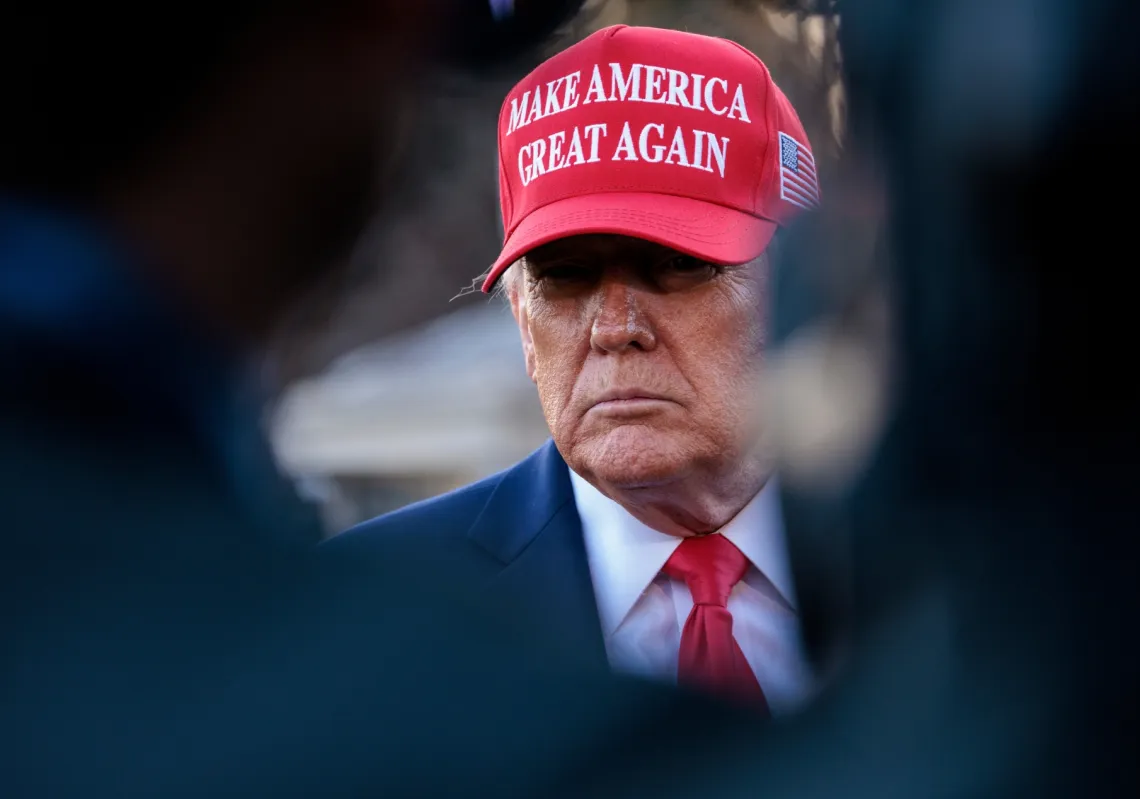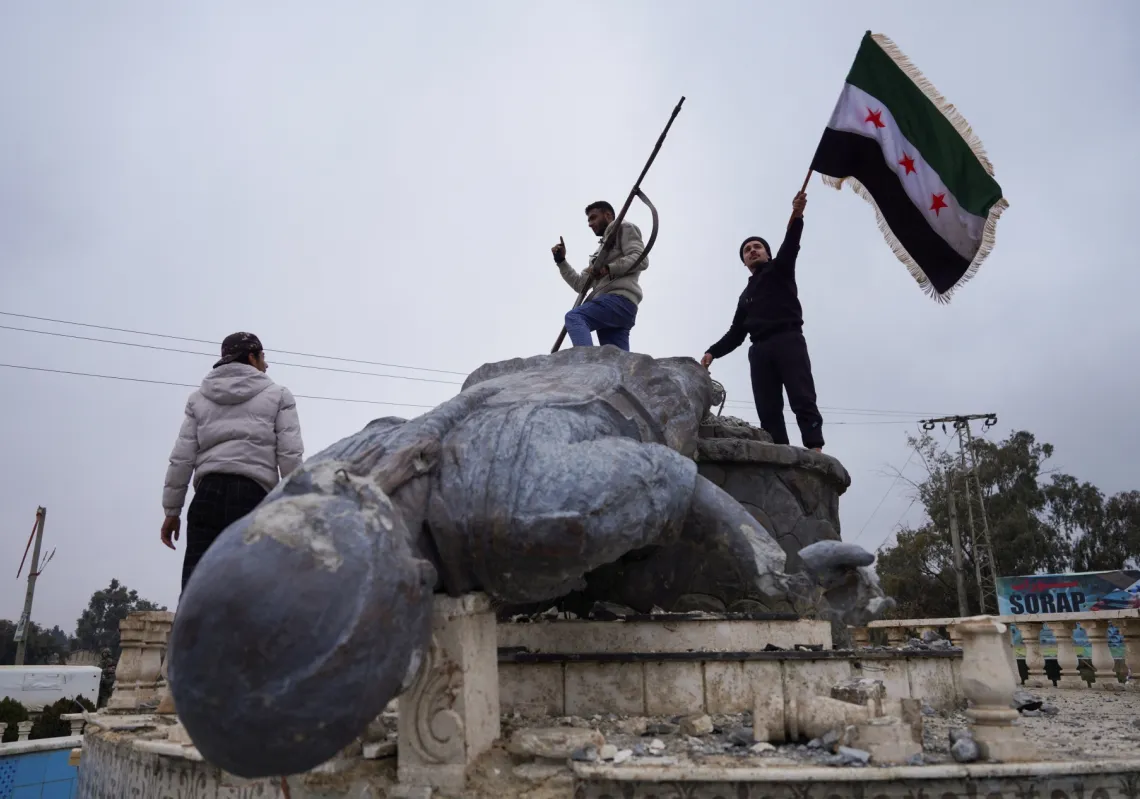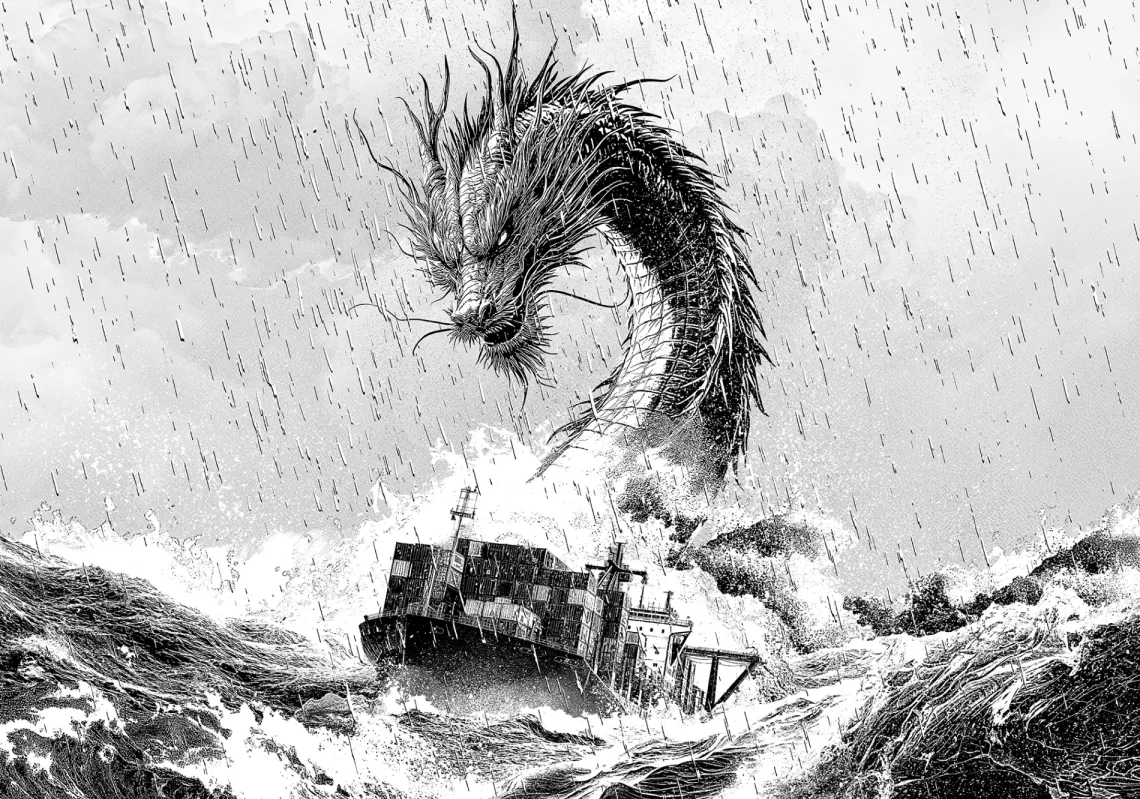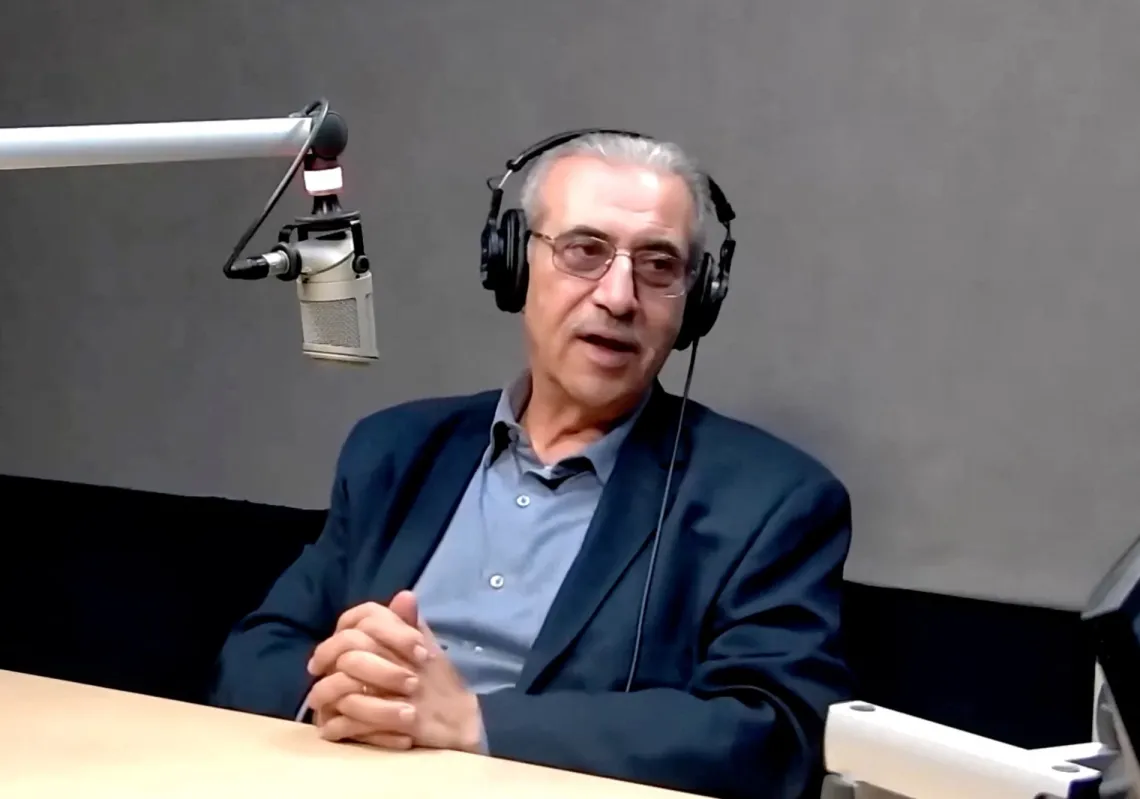[escenic_image id="55165690"]
Two seats away from his father, paramount leader of the country, and next to one of the most powerful military officials, sits a party member who resembles his grandfather, the founder of North Korea. Wearing black attire, he does not smile. With his hands resting on his lap, he looks straight into the camera. He is noticeably younger than everyone else in the frame. Along with his father, he is the only one not sporting a suit or a military uniform. This is the first seen picture of him as an adult.
Thus, in September 2010, Kim Jong-un was introduced to the outside world by the North Korean media. Sitting in the front row, with top military and party leaders standing behind him, Kim is one of the central figures in the picture, making clear his new status.
Little is known about Kim Jong-un. He is the third son of North Korean leader Kim Jong-il; the second he had with his favorite wife, Ko Young-hee. Most sources cite 8 January 1982, 1983 or 1984 as Kim’s birth date, putting his age at between 26 and 28. It is generally assumed that he attended an international school in Switzerland, later graduating from Kim Il-sung Military University in Pyongyang.
As the youngest of Kim Jong-il’s three sons and born in a Confucian society in which age is paramount, Kim Jong-un would have been prevented from becoming North Korea’s leader in-waiting were it not for the inadequacy of his two older brothers. Kim Jong-nam, now in his late 30s, fell out of his father’s favor after being caught trying to enter Japan using a false passport in 2001. Kim Jong-chul, the middle brother, was considered to be “too feminine and unfit for leadership,” according to Kenji Fujimoto, a Japanese national claiming to be Kim Jong-il’s former chef. Thus, Kim Jong-un, similar in character to his father, according to Fujimoto, became the favorite to succeed him.
Kim Jong-un’s ascent has been hastened as a result of his father’s poor health. Whereas Kim Jong-il was groomed to take the reins of North Korea for well over a decade before his father’s death in 1994, preparations for Kim Jong-un to succeed his father only began in earnest after the older Kim suffered a stroke in August 2008. The training process will take years, provided that his father’s health does not suddenly deteriorate again.
When looking further into the procedures of succession in North Korea, one finds a general pattern from generation to generation. Before 2008, Kim Jong-un reportedly served in the department in charge of monitoring Korean Workers’ Party members as his father had done years before. Also similar was the distribution of badges depicting his face among party members. However, it was not until early 2009 that the younger Kim started to accumulate titles and honors signaling him as his father’s successor. He is now referred to as “Brilliant Comrade” in public, similar to his father’s title, “Dear Leader” and his grandfather’s title, “Great Leader,” respectively. In April of 2009, he was named to the National Defense Commission, the de-facto ruling organ of North Korea. Two months ago, in August, Kim Jong-il visited Beijing to allegedly inform Chinese leaders about his son’s succession. A few weeks ago, on 27 September, he was promoted to four-star general. One day later he was appointed as vice chairman of the Central Military Commission and a member of the Korean Workers’ Party Central Committee.
Tong Kim, who has served in the US Department of State for almost 30 years, is now sure that Kim Jong-un will become North Korea’s leader one day. He has the support of the army, the most powerful institution in North Korea. Ri Yong-ho, the other vice chairman of the Central Military Commission and the person who appears between father and son in the caption featuring the country’s leadership, is said to have ensured that the military will not challenge Kim Jong-un. Chang Song-thaek, Kim Jong-il’s brother-in-law, who has been described as North Korea’s “number-two man” by high profile defectors, is also reported to support the young Kim. Sometimes considered a possible successor himself, Chang’s backing is particularly important. After being purged in the early 2000s, his rehabilitation and subsequent rise made some analysts think that he would be taking over for Kim Jong-il. This prospect has now been dispelled.
The smooth rise of Kim Jong-un sheds some light on an otherwise opaque regime. Chinese and South Korean government and intelligence officials have long predicted that a well-managed transition rather than a scramble for power would ensure stability once Kim Jong-il was gone. This prediction is more likely than ever to be accurate.
Even more apparent is that North Korea is not a one-man regime as most Chinese and South Korean officials readily thought. Kim Jong-il may have the final say in every important decision, and North Korea’s government may be highly centralized around his figure, but the regime will survive him. Other leaders took the reins of the country following Kim’s stroke of August 2008, and they are now helping him manage the transition to his son. The direction that North Korea will take once the new generation replaces Kim Jong-il is still unknown. But no one should expect a swift departure from current North Korean policies.
With Kim Jong-il ensuring that his son will one day take over, it is now time for the Obama administration to decide how to deal with North Korea. Sanctions have failed to weaken the regime, as Kim Jong-un’s rise attests. Bilateral dialogue, multilateral talks and an action-for-action process led to encouraging developments in 2007 and 2008. Eventually, officials in Northeast Asia acknowledge, dialogue will have to resume. The only question is whether it will be Kim father or Kim son who will be writing North Korea’s lines.
Ramon Pacheco Pardo - Researcher in counter-proliferation and East Asian politics.
Sign up for our Weekly Newsletter
Get the best of Majalla, straight to your inbox.







